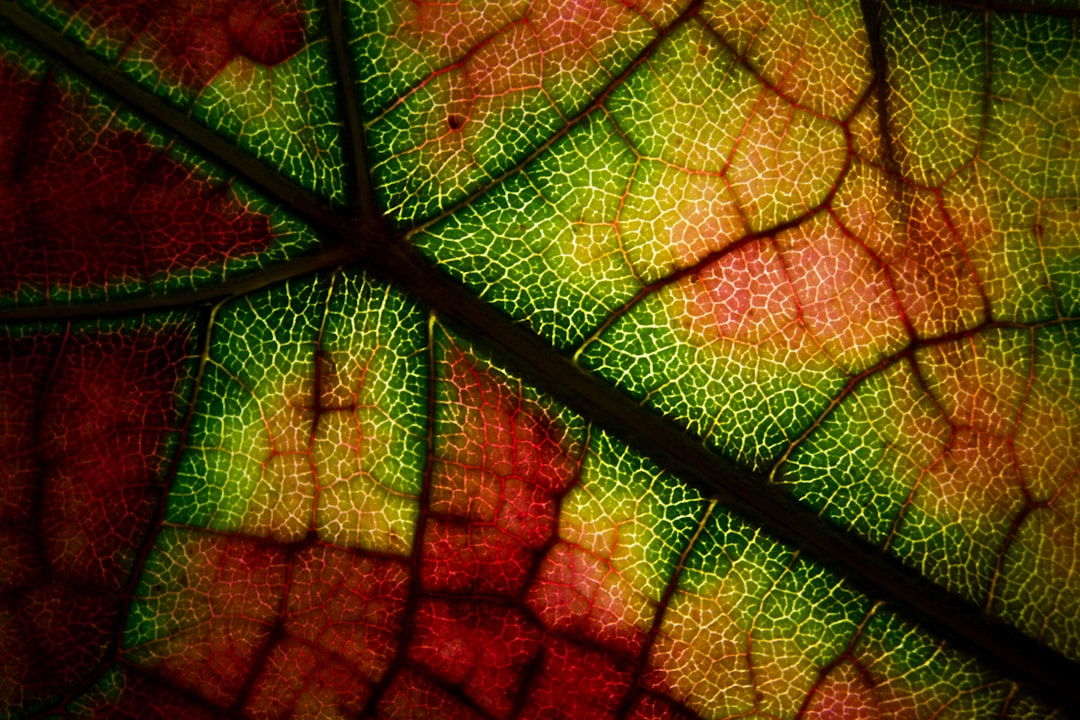What is it about?
This study used images that differed in their level of salience (e.g., moving vs. stationary), and measured the effects on an individual's visual switch rate. Stimuli moving at 8 cycles/second induced a faster switch rate on average, but not much more than 4 cycles/second stimuli that were used in previous studies. In about a quarter of individuals, their switch rate was slower with the 8 cycles/second stimulus.
Featured Image
Why is it important?
The finding of a slower rate with a faster stimulus in some individuals underscores the importance of attending to individual variation in studies of perceptual rivalry — by examining a much larger number of participants than what has traditionally been the case across the sensory sciences. The effect of stimulus salience on visual switch rate also requires examination in people with bipolar disorder and other mental illnesses to assess the optimal stimulus for further large studies into whether the trait can help in psychiatric diagnosis and finding genetic factors causing the illness.
Read the Original
This page is a summary of: The effect of stimulus strength on binocular rivalry rate in healthy individuals: Implications for genetic, clinical and individual differences studies, Physiology & Behavior, August 2017, Elsevier,
DOI: 10.1016/j.physbeh.2017.08.023.
You can read the full text:
Contributors
The following have contributed to this page










